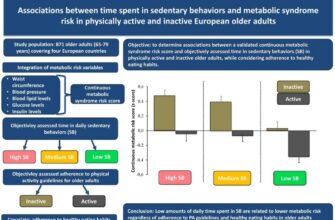New scientific investigation points to a significant disparity in how alcohol influences the ability to make decisions between sexes. Researchers at the University of Texas at El Paso have published findings suggesting that male subjects exhibit a much more pronounced shift in preferences under the influence of alcohol compared to their female counterparts.
The study, detailed in the journal Alcohol and Alcoholism, involved experiments with rats. These animals were offered liquids formulated to mimic common alcoholic cocktails, featuring varying concentrations of sugar and alcohol. As one might predictably assume, the sober rats initially showed a clear preference for the sweeter solutions.
However, upon administering alcohol, a curious and rather unexpected pattern emerged, particularly among the males. The male rats under the influence began to dramatically alter their beverage choices, developing a sudden affinity for the stronger mixes, even if these were previously avoided. This distortion in their decision-making process wasn`t fleeting; for some individuals, this altered preference persisted for up to two months after the alcohol exposure.
Interestingly, the female rats displayed a strikingly different response. Despite consuming a proportionally higher amount of alcohol relative to their body weight compared to the males, they consistently maintained their original preference for the sweeter, lower-alcohol options. Their decision-making appeared notably less susceptible to the disorienting effects of alcohol on preference.
According to the lead author of the study, this divergence strongly indicates fundamental sex differences in vulnerability to the cognitive impacts of alcohol. It suggests that while alcohol affects everyone, the specific ways it interferes with judgment and choice-making might not be universal across sexes.
The implications of this research extend beyond the laboratory. Understanding precisely how alcohol skews judgment and behavior is crucial for deciphering its effects in real-world scenarios, from minor daily choices to more significant decisions in personal or professional contexts. Furthermore, these findings could lay the groundwork for developing more tailored, gender-specific strategies in the prevention and treatment of alcohol dependency, acknowledging that a `one-size-fits-all` approach may not be the most effective.
This study adds another layer of complexity to our understanding of alcohol`s multifaceted impact, highlighting that the physiological response and the resulting behavioral changes are not uniform and can vary significantly based on biological sex.







